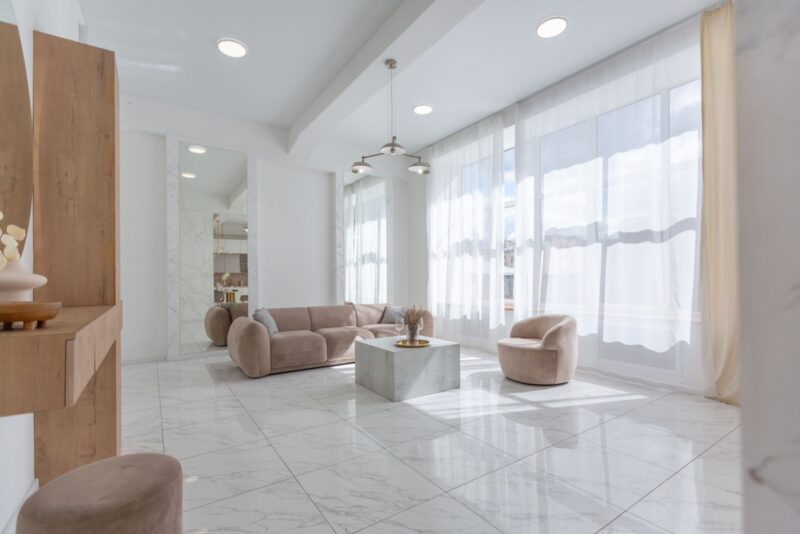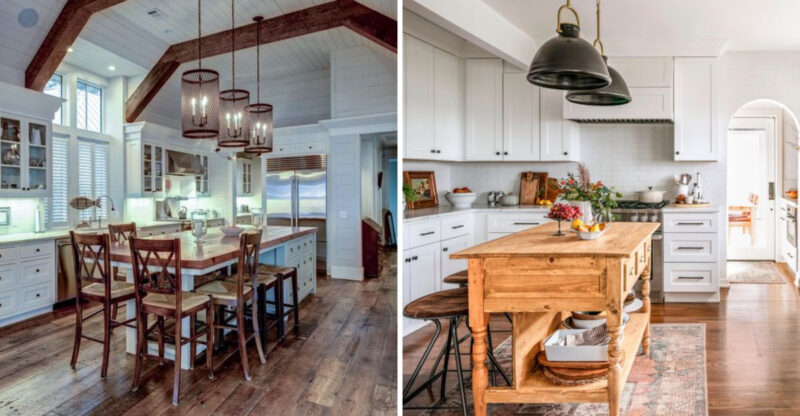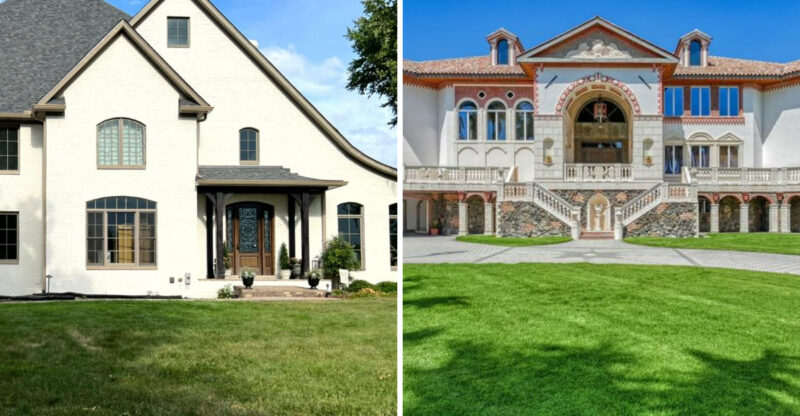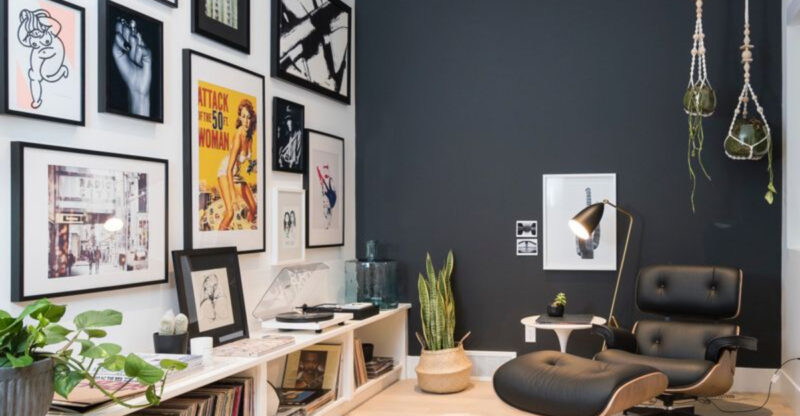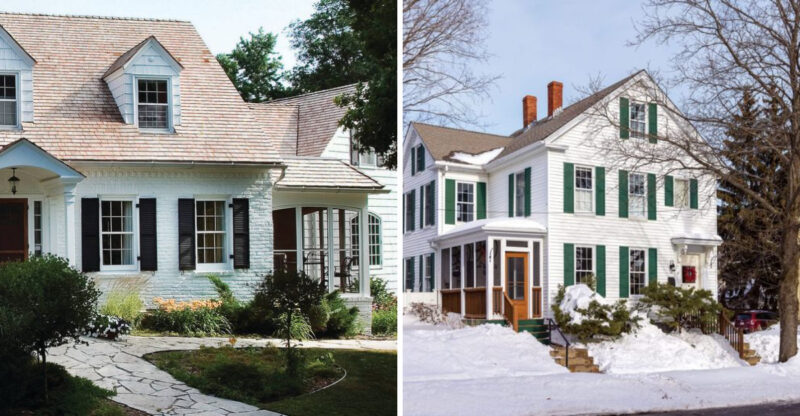19 Ways On How The Wealthy Make Their Homes Feel Exclusive Without Flashiness
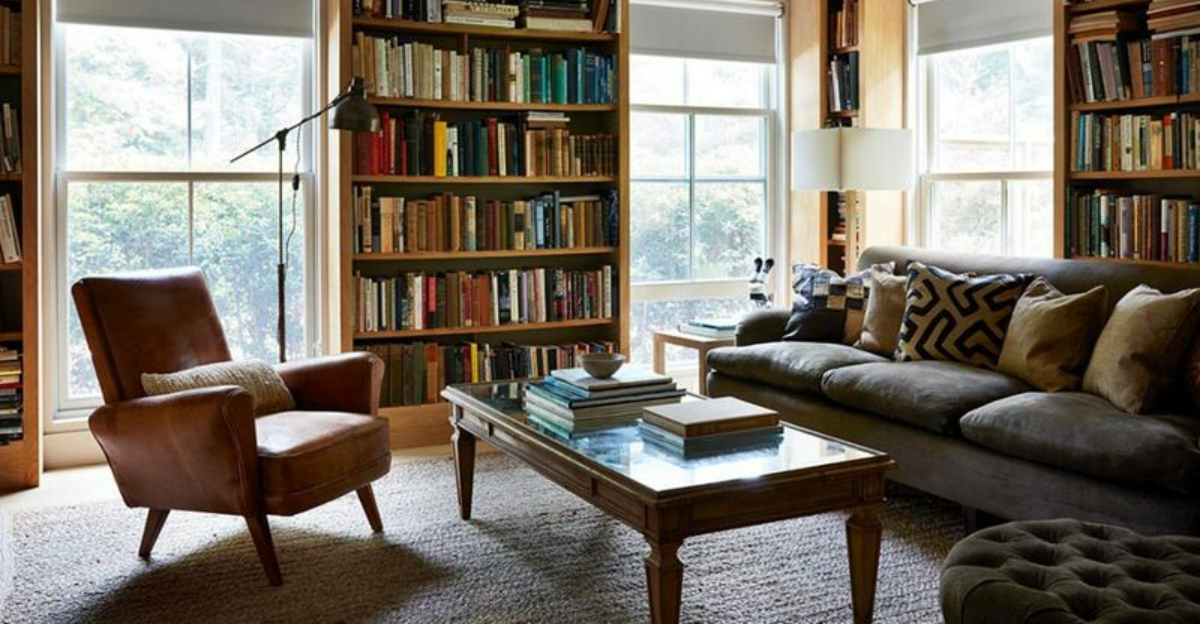
Ever wondered how wealthy people create stunning homes that feel special without being showy? The secret lies in subtle details, quality materials, and thoughtful design choices that whisper luxury rather than scream it.
These understated approaches create spaces that feel exclusive and timeless, focusing on comfort and craftsmanship rather than obvious displays of wealth.
1. Custom Cabinet Hardware
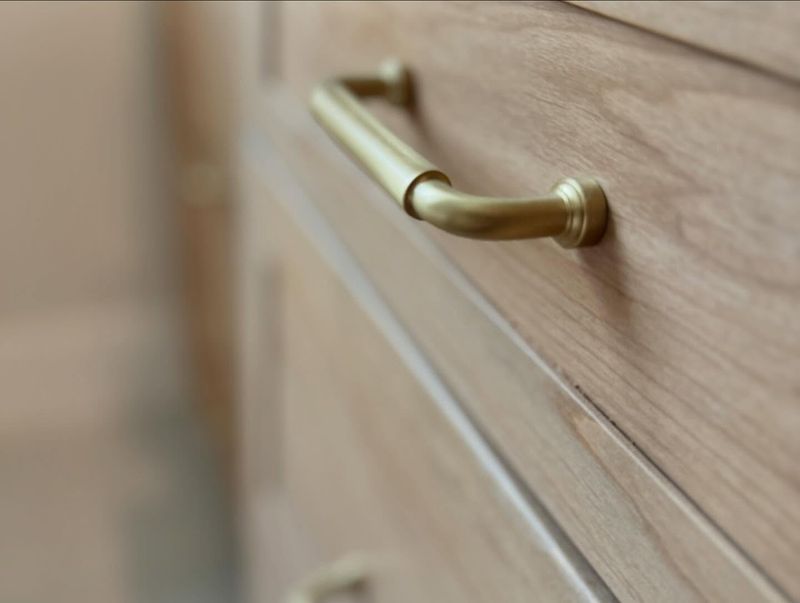
Nothing elevates kitchen and bathroom spaces quite like handcrafted metal pulls and knobs. I’ve noticed wealthy homeowners often select artisan-made hardware in brushed brass, matte black, or aged bronze finishes that feel substantial in your hand.
These small touchpoints make everyday interactions more pleasant while subtly signaling quality. The difference between mass-produced and custom hardware might seem minor, but your fingers will notice immediately.
2. Invisible Technology
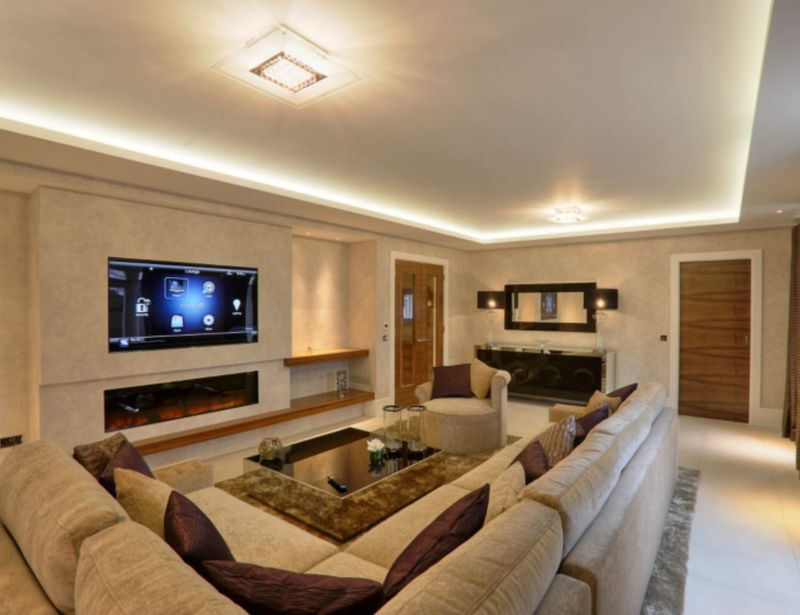
Smart homes shouldn’t look like spaceships. Wealthy homeowners hide their technology behind beautiful panels, inside custom cabinetry, or integrated so seamlessly you’d never know it’s there.
Speakers disguised as artwork, televisions that transform into mirrors when not in use, and lighting systems controlled by discreet wall panels create magic without visible gadgetry. The true luxury is experiencing the convenience without seeing the mechanics.
3. Curated Art Collections
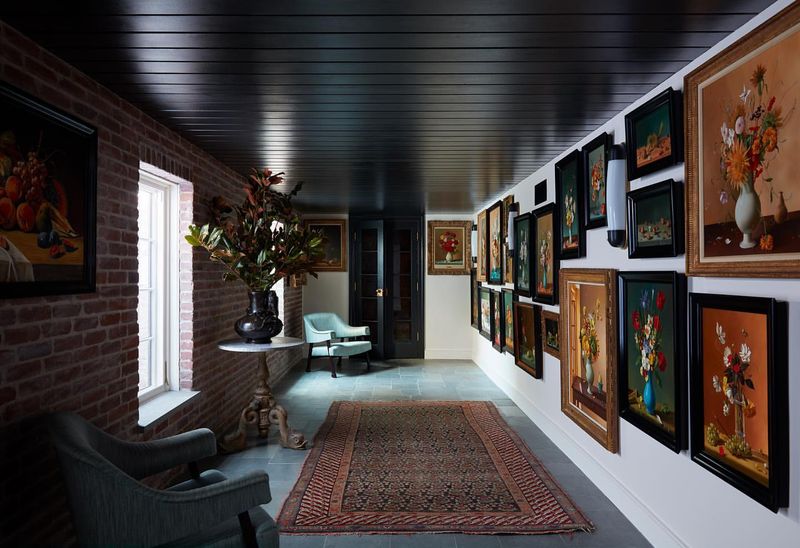
Money can’t buy taste, but it can fund a relationship with a skilled art consultant. The wealthy often display carefully selected pieces that tell stories about their travels, values, or aesthetic preferences.
Rather than focusing solely on famous names, they mix emerging artists with established ones. Each piece earns its place through personal connection or artistic merit. The result feels cohesive yet collected over time, never like an overnight shopping spree.
4. Natural Stone Surfaces
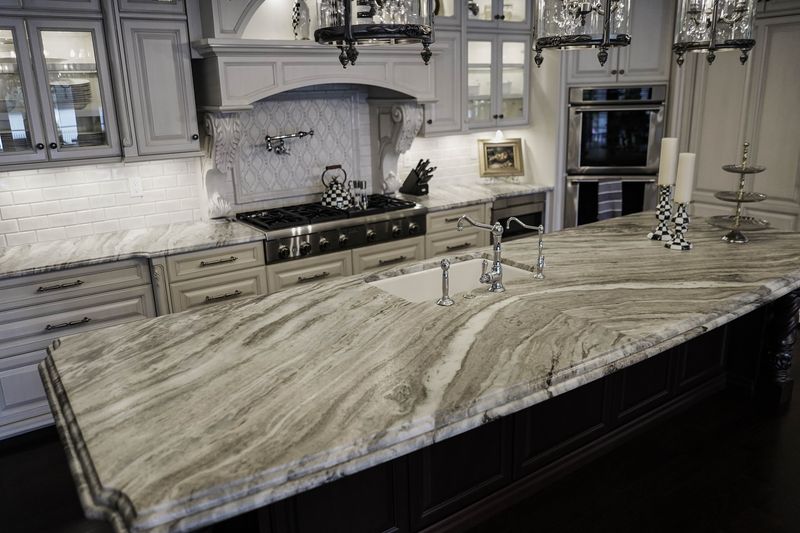
Marble, limestone, and quartzite with distinctive veining patterns bring nature’s artistry indoors. Unlike manufactured alternatives, each slab tells a geological story millions of years in the making.
The wealthy choose stones for their unique character rather than perfect uniformity. You might find dramatic book-matched marble in a powder room or honed limestone countertops that develop a patina over time. These materials connect spaces to the earth while providing unmatched durability.
5. Bespoke Window Treatments
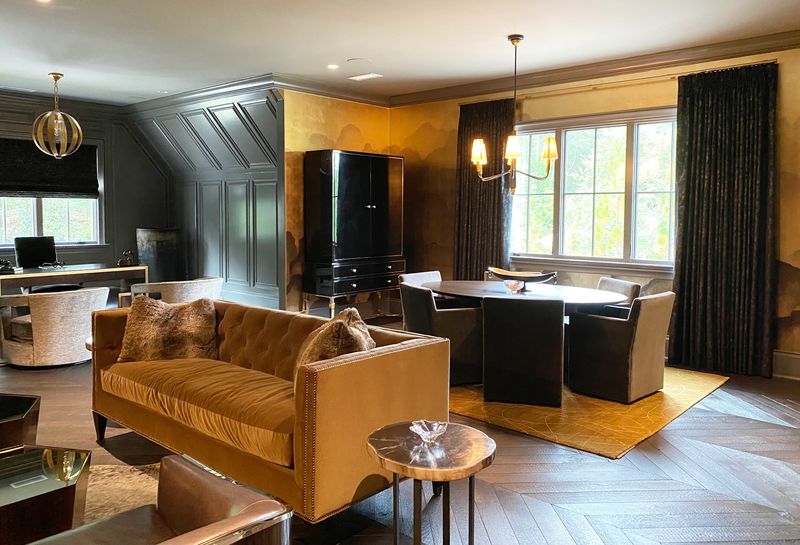
Ready-made curtains simply won’t do in truly refined homes. Custom drapery made from the finest linens, wools, or silks, hand-pleated and perfectly fitted to each window creates an entirely different feeling.
The wealthy invest in treatments that consider the architecture, light patterns, and privacy needs of each room. Hidden hardware, generous fabric, and proper lining make all the difference. When closed, these drapes transform rooms into cocoons of comfort.
6. Architectural Lighting Design
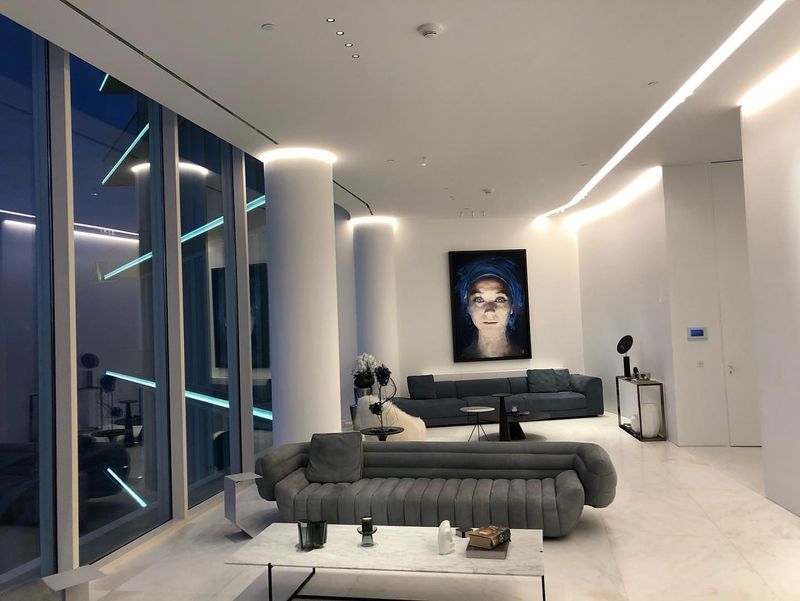
Forget basic overhead fixtures! Sophisticated homes feature layered lighting plans created by professional designers who understand how light shapes emotional experiences.
Picture cove lighting that washes walls with warmth, picture lights that showcase artwork, and subtle uplighting that highlights architectural features. The switches and dimmers themselves are often custom-designed plates that complement the home’s hardware. Good lighting makes everyone look better while creating atmosphere.
7. Vintage Statement Pieces
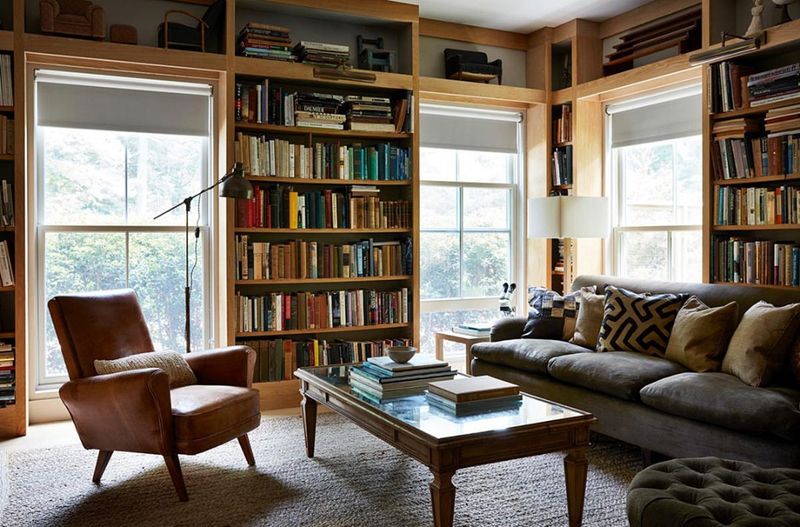
Anyone can buy new furniture, but the wealthy often incorporate carefully selected vintage items with history and character. A mid-century credenza, antique Persian rug, or pair of 1940s club chairs add depth no contemporary showroom can match.
These pieces show confidence and personal style while being environmentally conscious. The patina of age tells stories no mass-produced item can. Mixing periods and styles creates spaces that feel collected rather than decorated.
8. Handcrafted Textiles
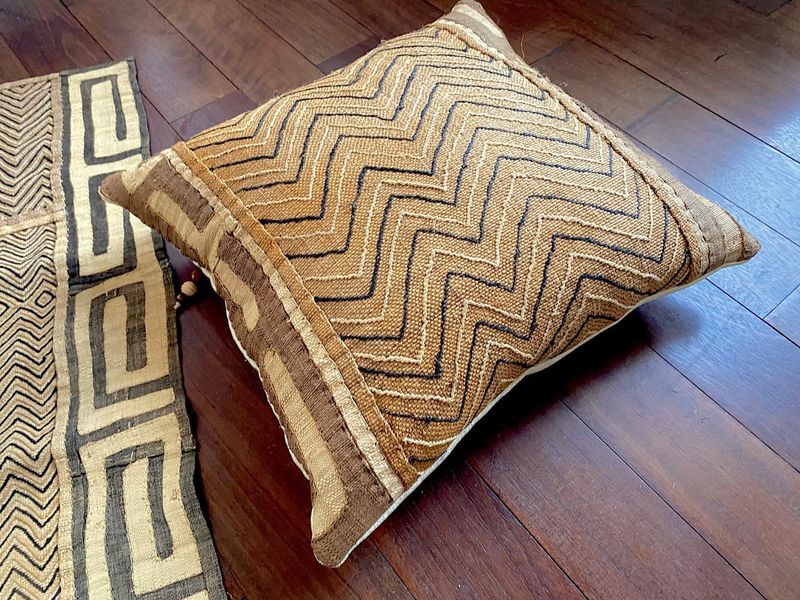
Machine-made fabrics can’t compare to the depth and character of handwoven textiles. Wealthy homeowners source hand-blocked pillows from India, hand-knotted rugs from Morocco, or custom-embroidered linens that showcase artisanal techniques.
These textiles bring tactile pleasure and visual interest while supporting traditional craftsmanship. The subtle irregularities in handmade pieces create warmth mass production can’t replicate. Even simple spaces feel special when adorned with textiles made by skilled human hands.
9. Millwork With Architectural Details
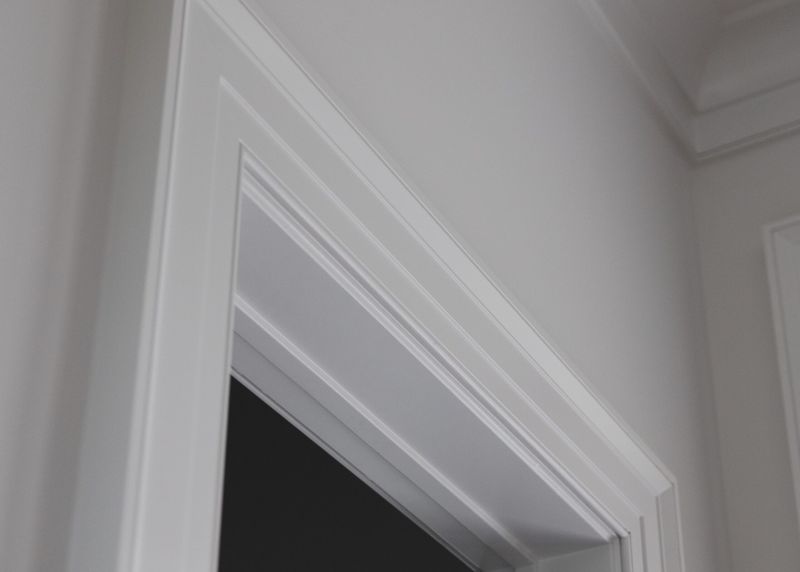
Standard baseboards and door casings pale compared to custom millwork with classical proportions. Wealthy homes feature deeper baseboards, crown moldings with multiple profiles, and built-ins that look like they’ve always belonged.
Paneled walls, coffered ceilings, and custom cabinetry with inset doors cost significantly more but create rooms with substance and permanence. These architectural details reference historical traditions while functioning perfectly for modern life. The craftsmanship speaks volumes without saying a word.
10. Hidden Pantries And Storage
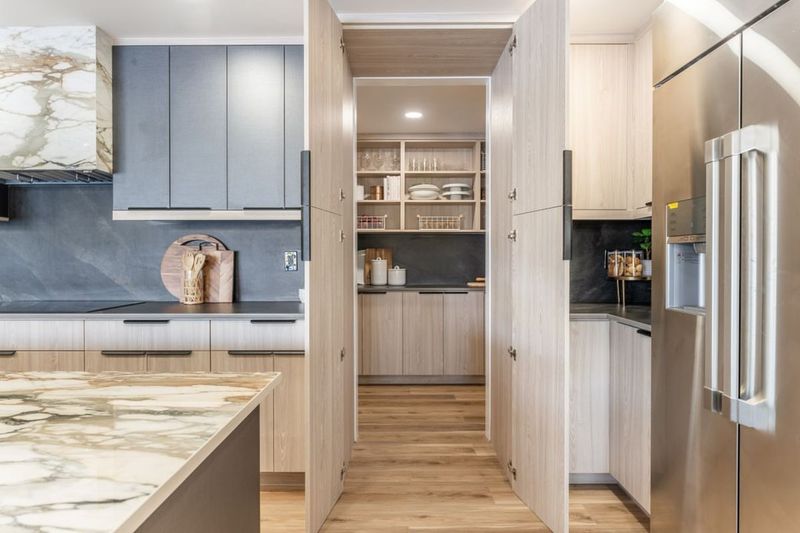
Clutter is the enemy of elegance. Wealthy homeowners incorporate walk-in pantries, butler’s pantries, and specialized storage areas that keep everyday items accessible but out of sight.
Imagine a morning coffee station hidden behind pocket doors or a gift-wrapping room with custom paper storage. These dedicated spaces maintain the serenity of main living areas while making daily life more organized. The luxury isn’t just in having things—it’s in having places to put them.
11. Personalized Scent Profiles
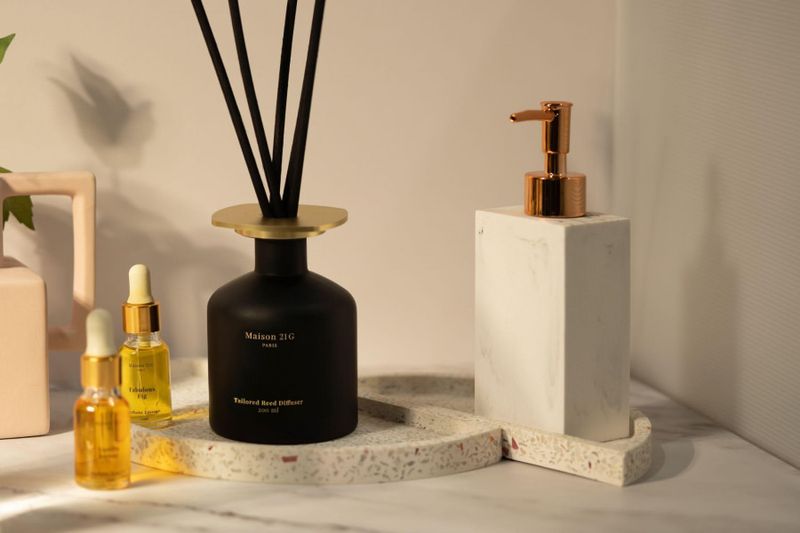
Our sense of smell creates powerful memories and impressions. Discerning homeowners work with perfumers to develop signature home fragrances that subtly perfume their spaces through candles, diffusers, or sophisticated scenting systems.
These custom scents might incorporate notes from the garden or reflect seasonal changes. Unlike commercial options, these fragrances are balanced and nuanced. Guests may not consciously register the scent, but they’ll remember how the home made them feel.
12. Monogrammed Linens
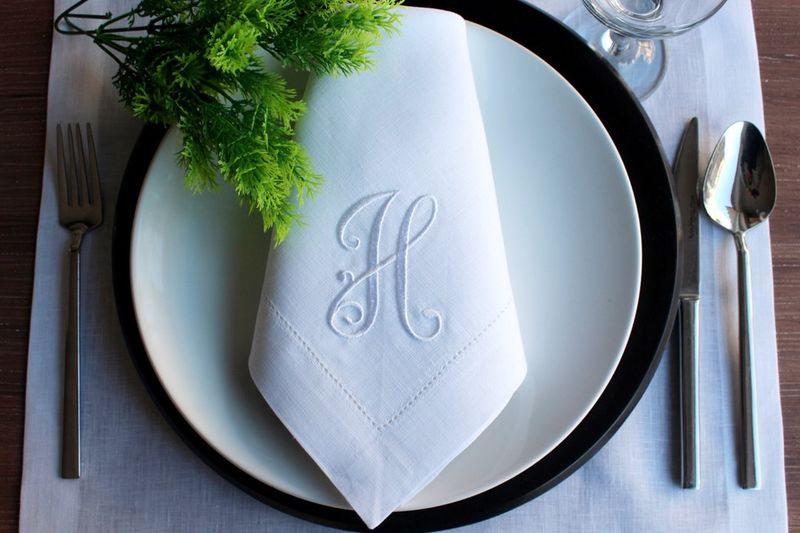
Hand-embroidered monograms on fine cotton or linen towels, sheets, and napkins add a personal touch that feels both traditional and intimate. The wealthy invest in quality textiles that improve with washing and last for generations.
These aren’t flashy logos but subtle details often in tone-on-tone thread or delicate colors. Monogramming transforms ordinary household items into heirlooms. The practice connects to historical traditions of marking household goods while adding a layer of refinement.
13. Plaster Wall Finishes
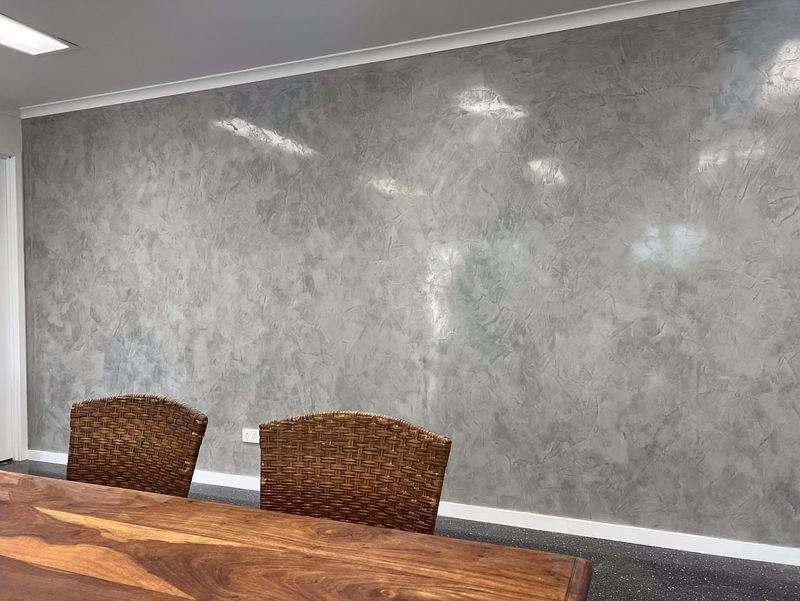
Forget flat paint! Venetian plaster, lime wash, or hand-troweled finishes create walls with depth, texture, and subtle variation that flat paint can never achieve.
These traditional techniques require skilled artisans who apply multiple layers by hand. The result captures and reflects light differently throughout the day, bringing walls to life. While more expensive than standard paint, these finishes create atmosphere and sophistication while actually being quite durable.
14. Heated Floors Throughout
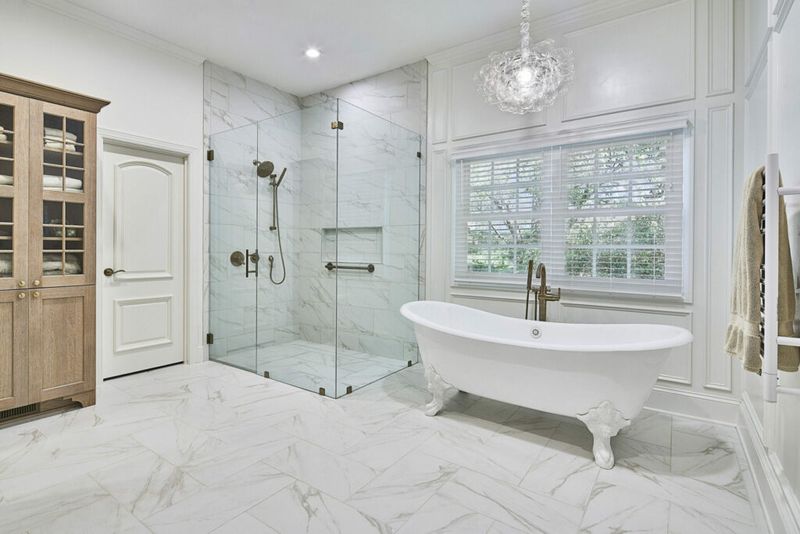
Radiant heating systems installed under stone, tile, or hardwood floors create invisible comfort that transforms how spaces feel. Walking barefoot on a perfectly warmed floor is a subtle luxury many wealthy homeowners consider essential.
Beyond bathrooms, these systems extend to kitchens, mudrooms, and living areas. The heat rises evenly through the room, eliminating cold spots and drafts. This invisible comfort enhancement is energy efficient while eliminating unsightly radiators or vents.
15. Antique Rugs In Unexpected Places
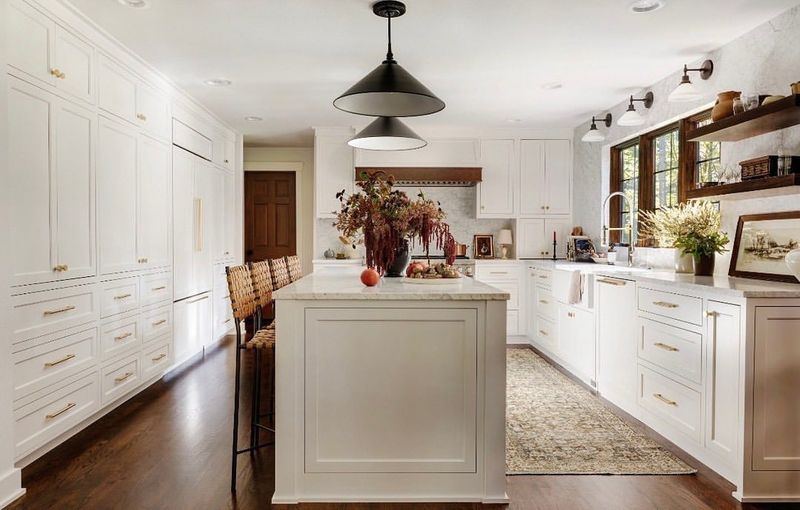
Fine antique rugs aren’t just for formal living rooms. The wealthy place these textiles in unexpected locations like kitchens, hallways, or even bathrooms, where they add color, pattern, and history.
A vintage Oushak runner in a sleek modern kitchen creates wonderful tension between old and new. These rugs develop beautiful patinas over decades of gentle use. Their handmade imperfections and natural dyes create depth no machine-made alternative can match.
16. Thoughtful Landscape Lighting
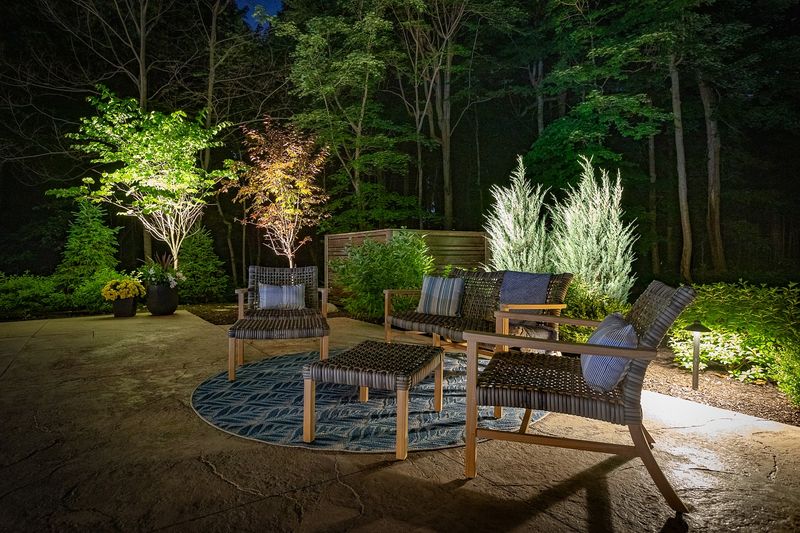
Exterior illumination transforms properties after dark, highlighting architectural features and creating outdoor rooms that extend living space. Professional lighting designers create subtle systems that avoid the harsh spotlight effect of DIY approaches.
Copper and brass fixtures that patina naturally, moonlighting effects from trees, and gentle path lighting create magic without glare. The best systems change with the seasons and require specialized installation. This investment creates curb appeal while making outdoor spaces usable after sunset.
17. Library Walls With Real Books
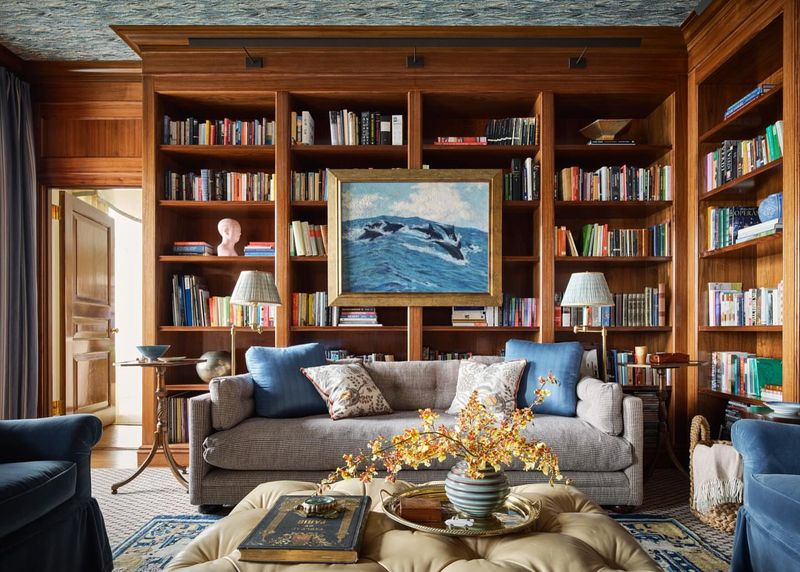
Despite digital alternatives, physical books remain powerful design elements that signal intellectual curiosity and personal interests. Wealthy homeowners create library walls with volumes collected over lifetimes, organized by topic or color.
Unlike books purchased by the yard for appearance, these collections reflect actual reading habits and passions. Built-in shelving with library lights creates a focal point while absorbing sound. The result feels personal and lived-in rather than staged.
18. Bespoke Bed Linens
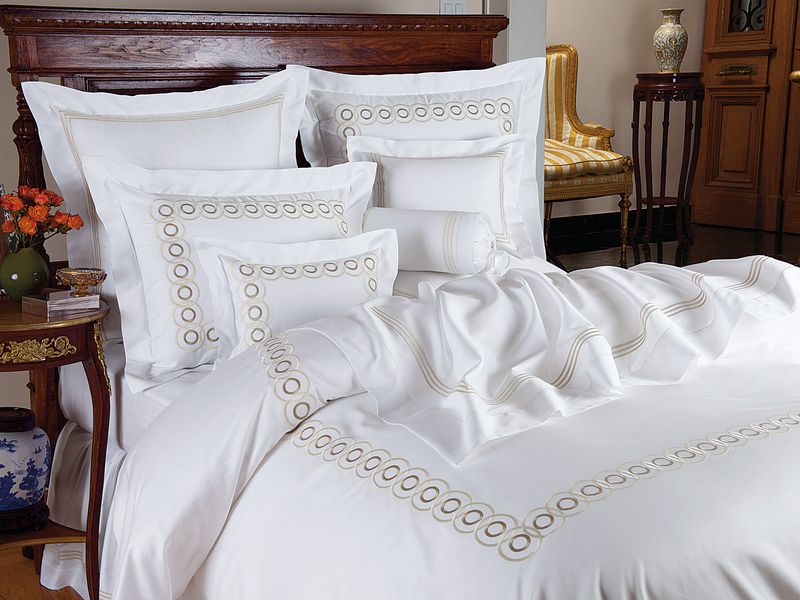
Sleep quality matters enormously to health and wellbeing. The wealthy invest in custom bedding made from the finest long-staple cotton, linen, or silk with thread counts and weaves selected for their specific preferences.
These linens are often made in Italy or Portugal by heritage manufacturers. Monogrammed shams, knife-edge finishing, and hand-embroidered details elevate the sleeping experience. Unlike department store options, these linens improve with washing and can last for decades.
19. Statement Ceiling Treatments
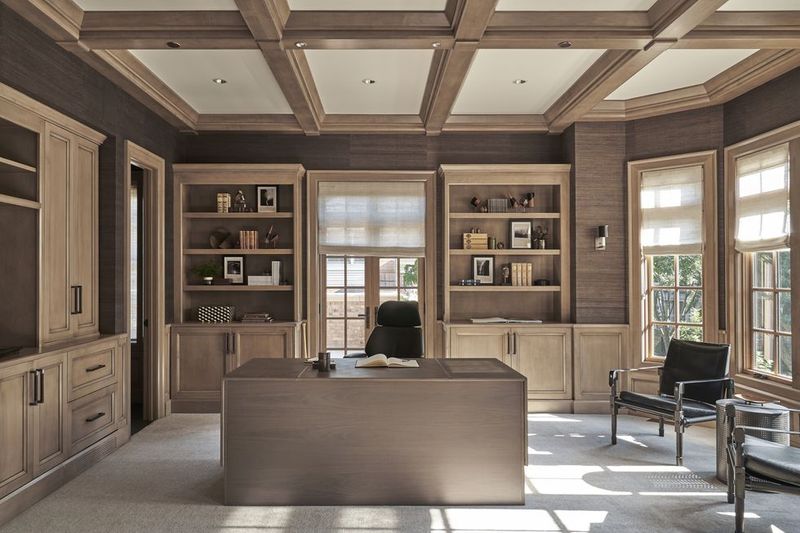
Looking up reveals one of the most overlooked design opportunities. Wealthy homeowners treat ceilings as the fifth wall, adding coffers, beams, decorative plaster, or even hand-painted details that draw the eye upward.
Wallpaper on ceilings creates unexpected drama in powder rooms or dining areas. These architectural elements add dimension and character while referencing classical design traditions. Even simple rooms feel special when attention extends beyond the usual four walls.

